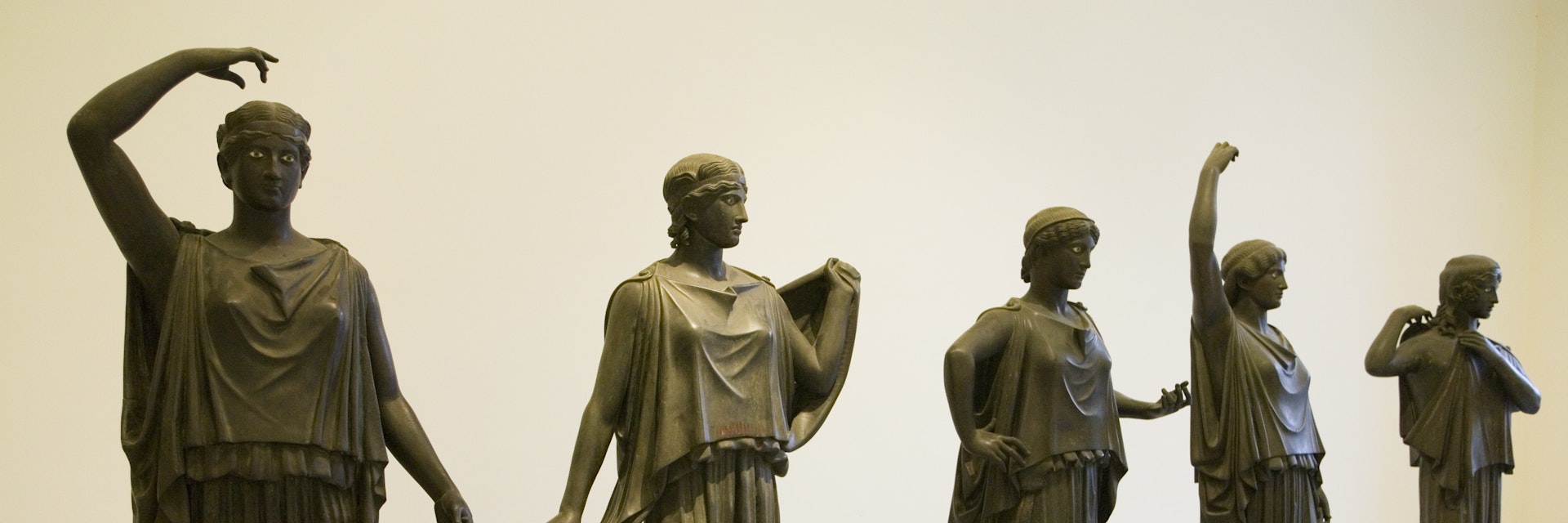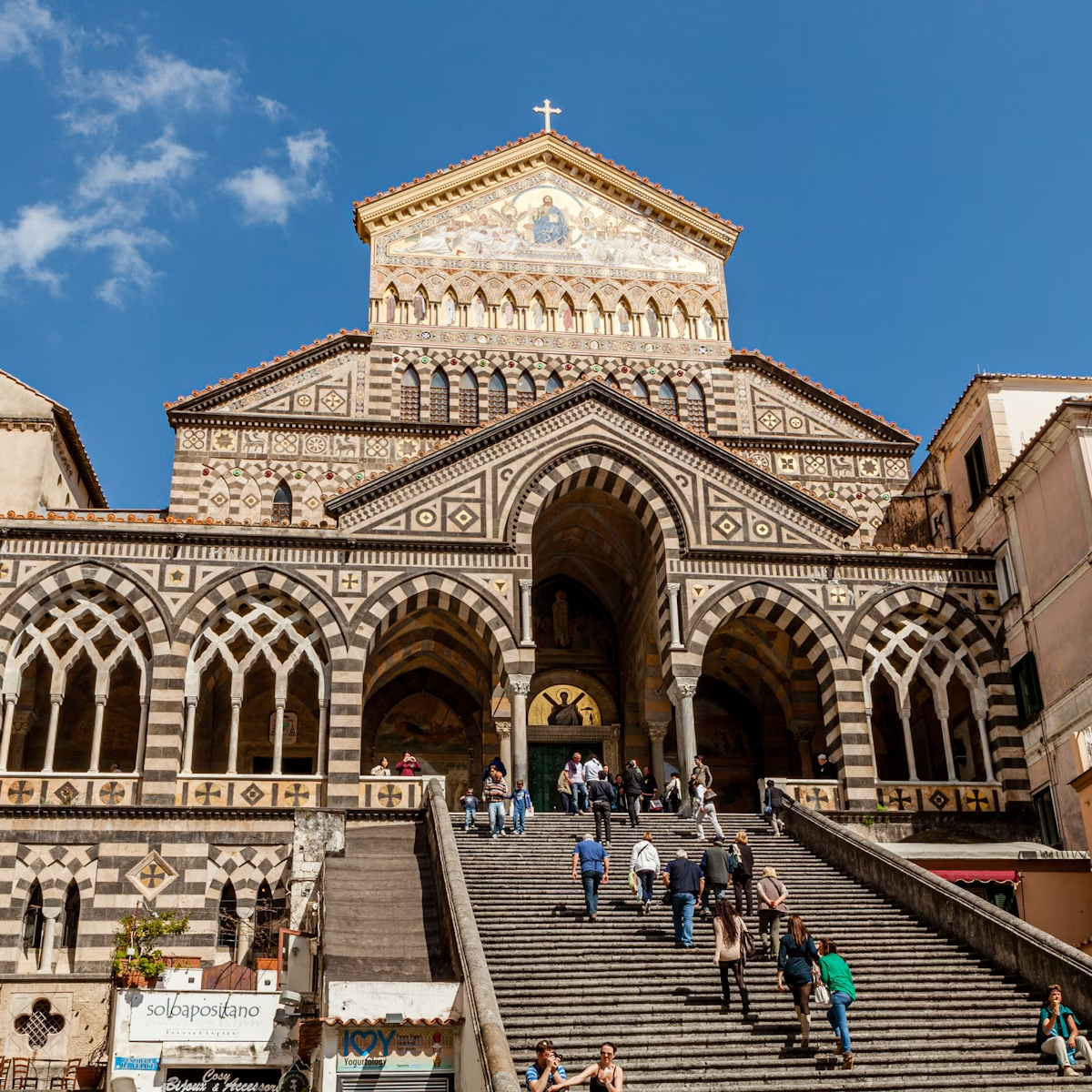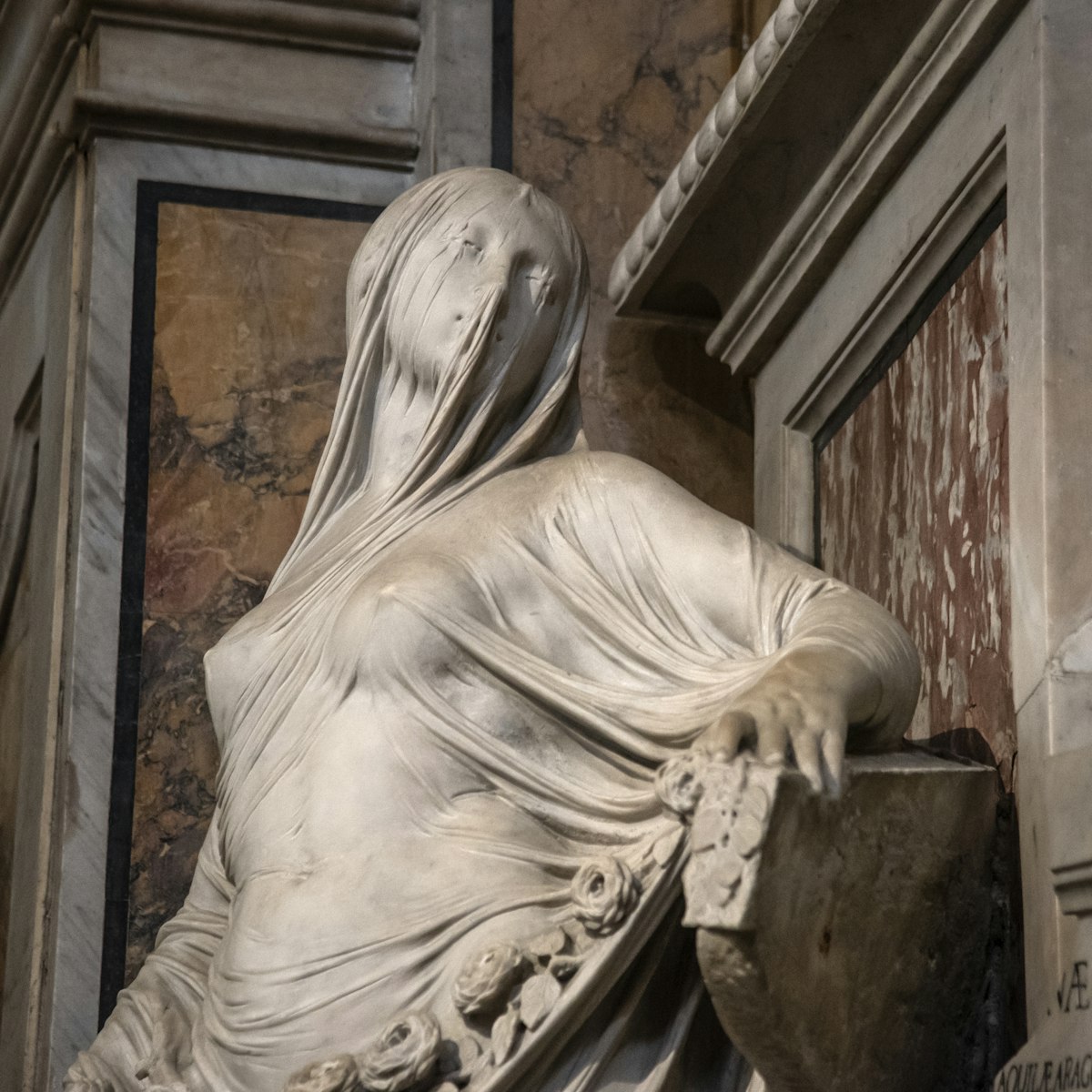Naples' National Archaeological Museum serves up one of the world’s finest collections of Graeco-Roman artefacts. Originally a cavalry barracks and later seat of the city’s university, the museum was established by the Bourbon king Charles VII in the late 18th century to house the antiquities he inherited from his mother, Elisabetta Farnese, as well as treasures looted from Pompeii and Herculaneum. Star exhibits include the celebrated Toro Farnese (Farnese Bull) sculpture and awe-inspiring mosaics from Pompeii's Casa del Fauno.
Before tackling the collection, consider investing in the National Archaeological Museum of Naples (€12), published by Electa; if you want to concentrate on the highlights, audio guides (€5) are available in English.
Downstairs is an impressive collection of ancient epigraphs (stone engravings), among them slogans from Pompeiian political campaigns and examples of local street poetry. Some of the engravings pre-date Roman rule, spanning back to the southern Italy's Greek domination. The basement is also home to Italy's second-largest collection of ancient Egyptian relics, organised around themes such as 'Tombs and Grave Goods', 'Mummification and Magic'.
The ground-floor Farnese collection of colossal Greek and Roman sculptures features the Toro Farnese and a muscle-bound Ercole (Hercules). Sculpted in the early 3rd century AD and noted in the writings of Pliny the Elder, the Toro Farnese, probably a Roman copy of a Greek original, depicts the humiliating death of Dirce, Queen of Thebes. Carved from a single colossal block of marble, the sculpture was discovered in 1545 at the Baths of Caracalla in Rome and was restored by Michelangelo, before eventually being shipped to Naples in 1788. Ercole was discovered in the same Roman excavations, albeit without his legs. Replacement pins were commissioned by Michelangelo and sculpted by Guglielmo della Porta. When the statue's original legs were found, the Farnese family decided not to have them fitted, but they were reinstated when the statue was gifted to the King of Naples.
If you’re short on time, take in both these masterpieces before heading straight to the mezzanine floor, home to an exquisite collection of mosaics, mostly from Pompeii. Of the series taken from the Casa del Fauno, it is La battaglia di Alessandro contro Dario (The Battle of Alexander against Darius) that really stands out. The best-known depiction of Alexander the Great, the 20-sq-metre mosaic was probably made by Alexandrian craftsmen working in Italy around the end of the 2nd century BC.
Beyond the mosaics, the Gabinetto Segreto (Secret Chamber) contains a small but much-studied collection of ancient erotica. Pan is caught in the act with a nanny goat in the collection’s most famous piece – a small and surprisingly sophisticated statue taken from the Villa dei Papiri in Herculaneum. You'll also find a series of nine paintings depicting erotic positions – a menu for brothel patrons.
Originally the royal library, the enormous Sala Meridiana (Great Hall of the Sundial) on the 1st floor is home to the Atlante farnese, a statue of Atlas carrying a globe on his shoulders, as well as various paintings from the Farnese collection. Look up and you’ll find Pietro Bardellino’s riotously colourful 1781 fresco depicting the (short-lived) triumph of Ferdinand IV of Bourbon and Marie Caroline of Austria in Rome.
The rest of the 1st floor is largely devoted to fascinating discoveries from Pompeii, Herculaneum, Boscoreale, Stabiae and Cuma. Among them are whimsical wall frescoes from the Villa di Agrippa Postumus and the Casa di Meleagro, extraordinary bronzes from the Villa dei Papiri, and ceramics, glassware, engraved coppers and Greek funerary vases.








